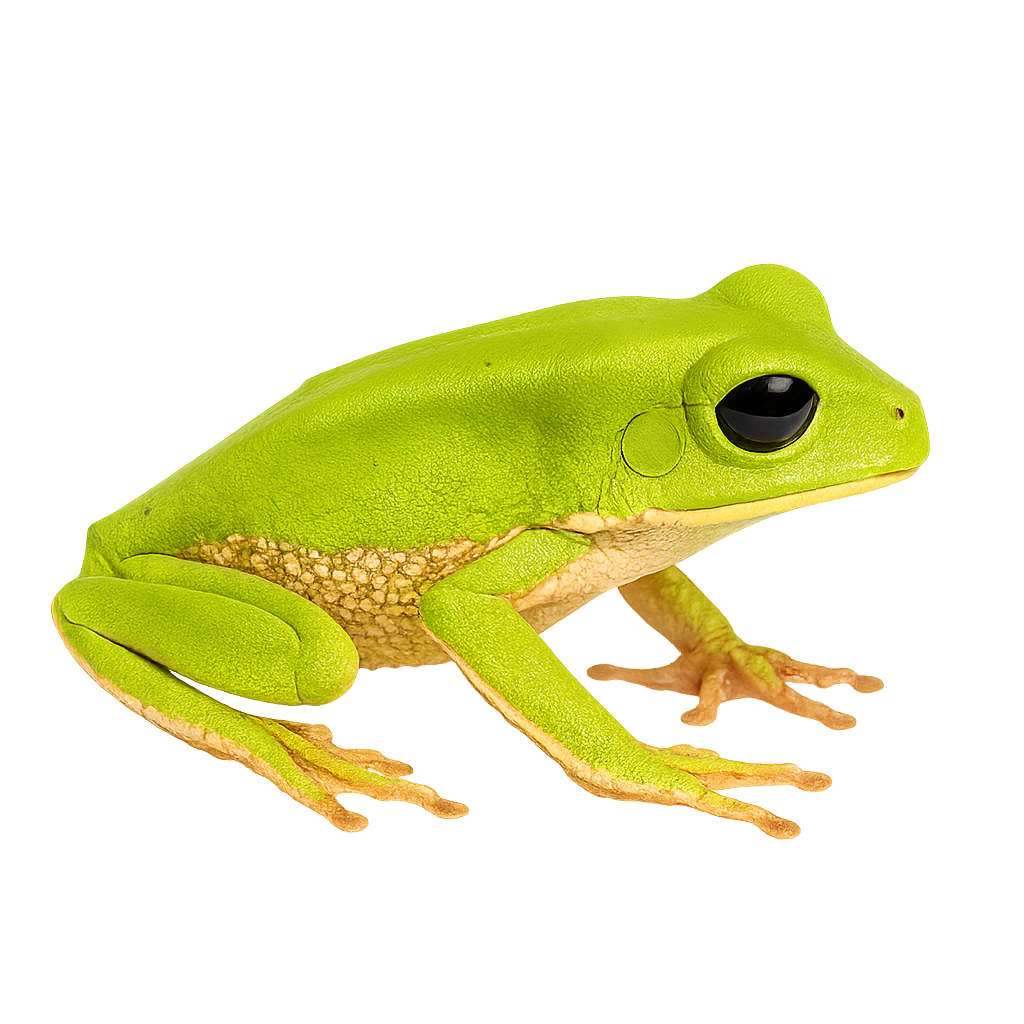Your wildlife photography guide.
Explore the black-eyed monkey frog in detail, study its behavior, prepare your shots.
Where to observe and photograph the black-eyed monkey frog in the wild
Learn where and when to spot the black-eyed monkey frog in the wild, how to identify the species based on distinctive features, and what natural environments it inhabits. The WildlifePhotographer app offers tailored photography tips that reflect the black-eyed monkey frog’s behavior, helping you capture better wildlife images. Explore the full species profile for key information including description, habitat, active periods, and approach techniques.
Black-eyed Monkey Frog
Scientific name: Phyllomedusa camba

IUCN Status: Least Concern
Family: HYLIDAE
Group: Amphibians
Sensitivity to human approach: Suspicious
Minimum approach distance: 2 m
Reproduction period: November to March
Incubation: 8–12 jours
Births: December to April
Habitat:
Tropical rainforests, swamps, riparian zones
Activity period :
Mainly active at night, generally discreet during the day.
Identification and description:
The Black-eyed Monkey Frog is a species of tree frog found primarily in the humid tropical forests of the Amazon. It is recognizable by its smooth, green skin, often speckled with white or yellow spots, which allows it to camouflage effectively among the leaves. This frog is nocturnal and spends the day hidden under leaves or in tree crevices. It feeds mainly on insects and other small invertebrates. The Black-eyed Monkey Frog plays a crucial role in the ecosystem by regulating insect populations. It is also an important indicator of the health of tropical forests, as it is sensitive to environmental changes such as deforestation and pollution.
Recommended lens:
Macro – adjust based on distance, desired framing (portrait or habitat), and approach conditions.
Photography tips:
To photograph the Black-eyed Monkey Frog, it is advisable to use a macro lens to capture the details of its skin and vibrant colors. Approach slowly and avoid sudden movements to prevent scaring it away. Natural morning or evening light is ideal to highlight its colors. If using a flash, ensure it is diffused to avoid reflections on its smooth skin. Be patient and wait for it to move to capture dynamic shots.
From knowledge to field practice
A species profile helps you understand an animal. In the field, the challenge is often different. Remembering your own observations.
The WildlifePhotographer app allows you to:
• record your personal observations
• note locations, dates, and behaviors
• revisit your field references over time
• build a private and long-term field logbook
The app does not provide observation locations.
It helps you organize what you actually observe, with respect for wildlife.

